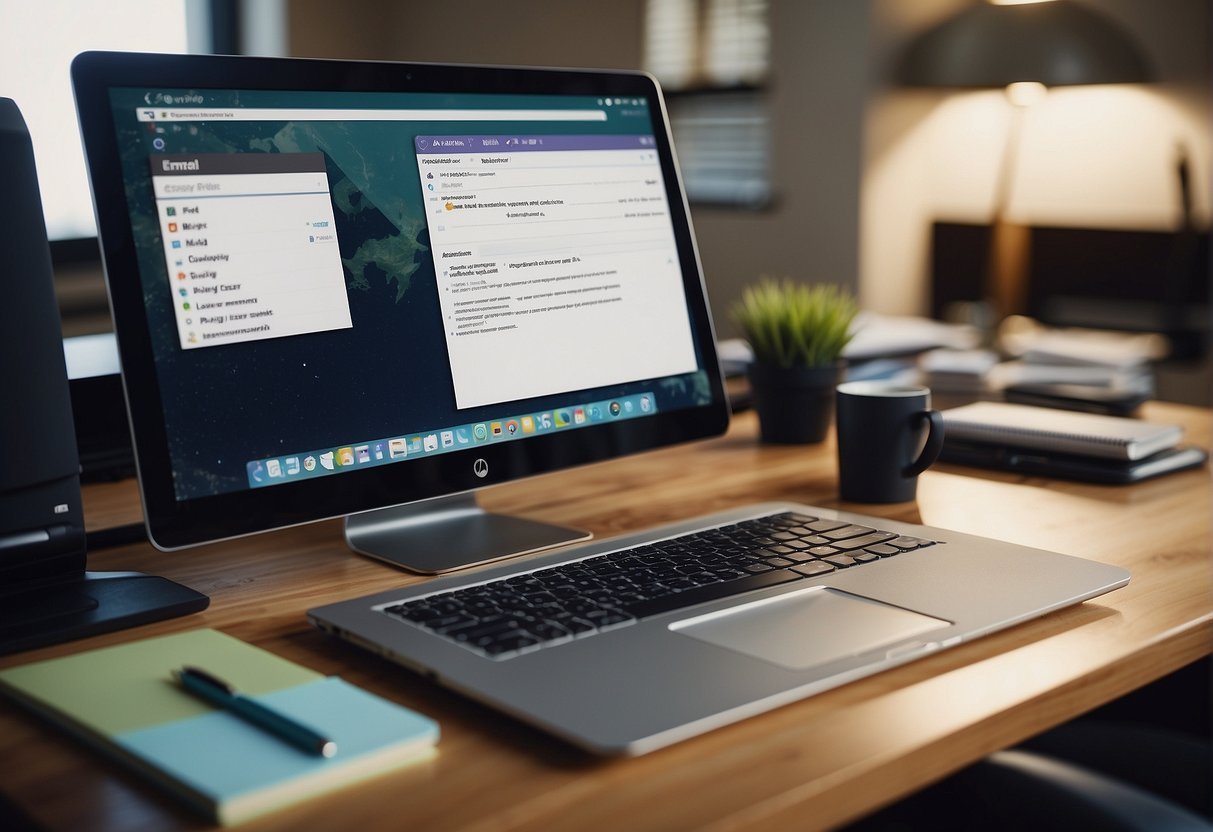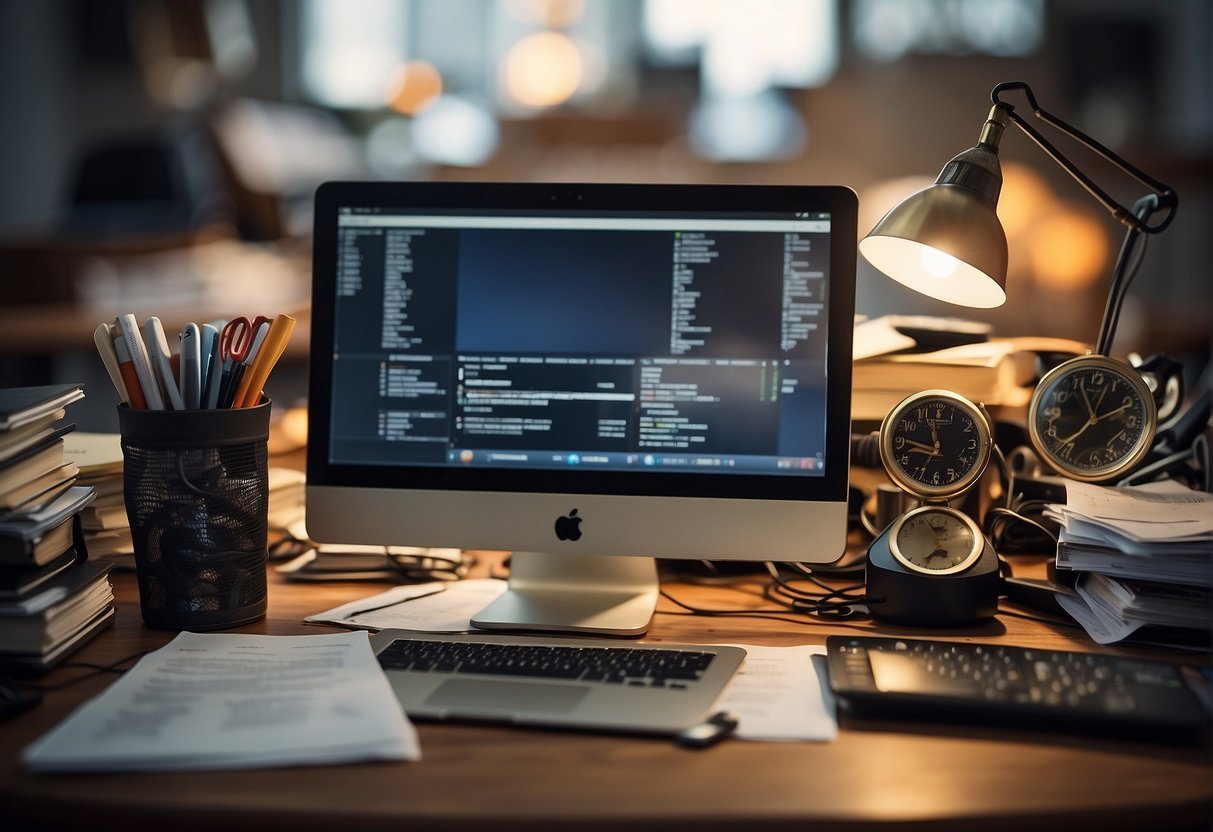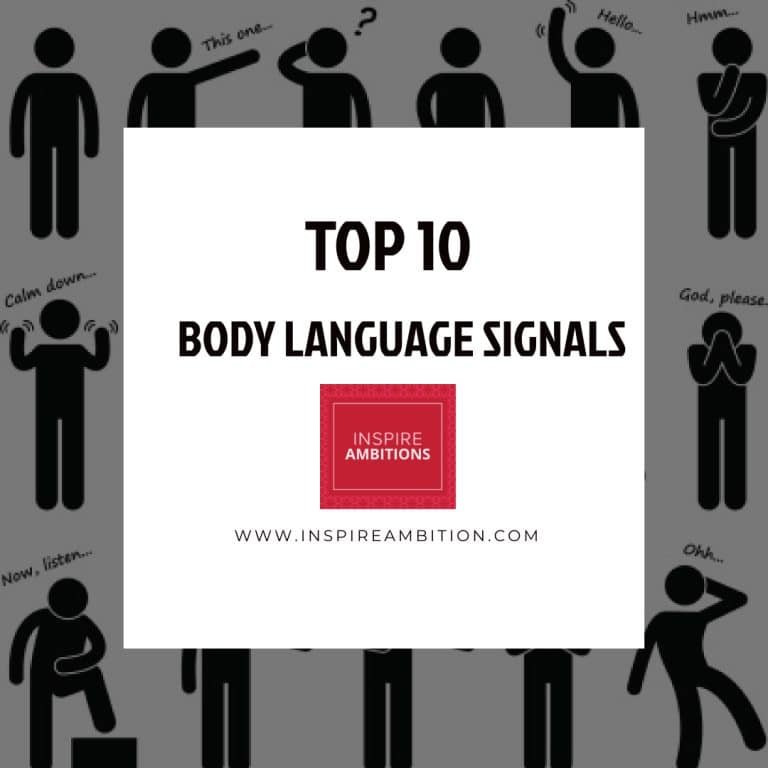Effective Email Communication in the Workplace Examples – Enhancing Professional Interaction
Effective email communication is the backbone of modern business interactions. In a fast-paced workplace where every second counts, clear and concise emails can enhance productivity, reduce confusion, and build professional relationships.
Remember the adage, “Time is money”? This holds particularly true in the context of workplace email. How you craft an email can set the tone for your working relationships and either facilitate a smooth exchange of ideas or lead to misunderstandings that stall progress.

You’ve likely experienced the vast range of styles and approaches people use in their workplace communication. Some emails are so well-crafted that they swiftly convey all the necessary information and facilitate immediate action.
Others can be perplexing, prompting multiple clarifications and back-and-forth that could easily have been avoided. To streamline your email communication, it’s pivotal to understand your audience, organize your thoughts clearly, and provide precise instructions in your message. By focusing on these essentials, you can make your emails a reliable tool that aids in achieving your professional goals.
Effective Email Communication in the Workplace Examples – Key Takeaways
- Effective email communication demands clarity, conciseness, and purposefulness.
- Understanding the audience and providing clear instructions are crucial for successful email exchanges.
- Well-constructed emails foster better relationships and prevent misunderstandings in the workplace.
The Importance of Email in Workplace Communication

Email remains a cornerstone for connecting professionals, blending speed and formality in one platform. Within an enterprise, it’s an essential channel for various types of communication.
Understanding the Role of Emails
Emails in the workplace go beyond mere correspondence; they serve as a record of conversations and decisions, which is vital for transparency and accountability. Utilizing business email effectively can lead to a better understanding of project goals, individual tasks, and company-wide announcements.
When writing a professional email, always be clear and concise to ensure the message is understood, preventing miscommunication and time wasted on clarifications.
Building Trust Through Effective Email Practices
Trust in professional relationships is fundamental and can be fostered through consistent and clear email communication. Establishing a reliable pattern of responding promptly and respectfully, even when merely acknowledging receipt, contributes significantly to building and maintaining this trust.
Providing accurate information and following through on commitments made via email confirm your credibility among colleagues.
Crafting a Clear and Professional Email

Em professional communication, writing clear, concise emails is a quintessential skill. The goal is to convey your message effectively while maintaining professionalism.
Writing a Compelling Subject Line
O subject line acts as a headline; it determines whether your email is opened or ignored. Here’s how you can make it impactful:
- Be Precise: Reflect the email’s content accurately to set the right expectations.
- Keep it Short: Limit it to 50 characters to ensure it’s evident on mobile devices.
Examples include:
- “Meeting Rescheduled: New Date Inside”
- “Invoice #10234: Response Required by 3/15”
Email Body and Structure for Clarity
Seu email body should be a model of clarity and precision.
- Begin with Purpose: Address the primary message in the first two sentences.
- Use Short Paragraphs & Bullet Points: Organize information in easy-to-digest segments.
- Incorporate White Space: Avoid text-heavy paragraphs that challenge readability.
Consider this structure:
- Greeting
- Propósito
- Main Content
- Additional Details (if necessary)
- Call to Action
Closing Your Email Effectively
A proper closing ensures your email ends on a professional note.
- Polite Sign-Off: Use “Best,” “Regards,” or “Sincerely” followed by your name.
- Clear Call to Action: State it clearly if a response is needed.
- Informações de contato: Include any necessary alternative contact details.
Remember to include your email signature, essential contact information, and any company-required disclaimers or legal guidelines.
5 Key Strategies for Addressing the Email Audience Correctly
Email communication in the workplace is nuanced and requires a careful approach, especially when addressing different audiences. You must understand the context and hierarchy to appropriately align your greetings and sign-offs, ensuring professionalism is maintained.
Additionally, using carbon copy (CC) and blind carbon copy (BCC) functions effectively respects confidentiality and keeps relevant parties informed.
The Importance of Personal Greetings and Sign-offs
When composing an email, the audience determines the tone and formality. Customary greetings like “Dear” followed by the person’s name underscore professionalism and respect, which are essential in workplace communication. Conversely, options like “Best regards” or “Sincerely” serve as a professional closure for sign-offs, conveying politeness and seriousness.
- Audience consideration: Knowing the recipient’s title and preferences can impact the perceived respect and professionalism in your communication.
- Consistency: Always align your sign-off with the greeting’s formality to maintain a consistent tone.
Utilizing Carbon Copy and Blind Carbon Copy
Managing the recipient’s list is crucial. Use Carbon Copy (CC) when you want recipients to be visible to others in the email chain. This helps keep colleagues or superiors in the loop. On the other hand, use Blind Carbon Copy (BCC) for discretion when sending mass emails or when recipients should not see other email addresses, protecting privacy.
- Transparency: CC demonstrates openness and transparency among direct colleagues.
- Confidentiality: BCC safeguards recipients’ privacy and is useful when sending sensitive information.
5 Key Strategies for Preventing Miscommunication in Emails
“A stitch in time saves nine,” particularly when preventing miscommunication in workplace emails. This section delves into avoiding misunderstandings by choosing the right tone, using suitable formality, and establishing feedback loops.
Choosing the Right Tone and Formality
Seu tone in emails sets the stage for how your message is received. For professional settings, it’s crucial to strike a balance: be polite and respectful without being overly formal or cold. Reflect on the company’s culture when deciding the level of formality.
For instance, a casual yet professional tone may suffice if you email a familiar colleague. Conversely, a more formal approach is advisable when communicating with a new client. Miscommunication often stems from a misinterpreted tone; hence, one must be explicit without leaving room for assumption.
- Exemplos:
- Too Casual: “Hey! Details?”
- More Appropriate: “Good morning. Could you please provide the details for the report due next week?”
- Too Formal: “I am writing to inform you of the meeting schedule.”
- More Appropriate: “Please note the meeting is scheduled for next Monday at 10 AM.”
- Too Casual: “Hey! Details?”
Feedback Loops and Follow-Up Emails
Establishing feedback loops is a proactive way to clarify and confirm mutual understanding. After sending out an important email, consider a follow-up to ensure the recipient has received and interpreted the information correctly. This can be a simple email asking for confirmation or any questions they might have.
Opinião isn’t just about hearing back; it’s about closing the communication gap. Here are two ways to foster good feedback practices:
- Perguntas Específicas: Instead of a generic “Do you agree?” ask, “What are your thoughts on the proposed timeline and the tasks allocated to your team?”
- Clear Expectations: Always state clearly what you expect as a response. For example, “Please let me know by EOD if you can make the deadline.”
In summary, effective email communication mitigates the risk of miscommunication and ensures that your communication channels remain straightforward and productive. Use these strategies to enhance your email interactions within the workplace.
Enhancing Email Communication Skills
In today’s fast-paced workplace, crafting more thoughtful, easy-to-read, and concise emails is essential. These skills can effectively convey your message, representing your professional image and improving workplace communication.
Proofreading and Attachment Guidelines
Before sending an email, it’s crucial to proofread your content to avoid errors that undermine your message’s professionalism. Fortune 500 companies and reputable online treinamento de liderança platforms, such as Harvard ManageMentor, emphasize the significance of error-free communication.
- Checklist for Proofreading:
- Spelling and grammar.
- Email tone and clarity.
- Correct recipient(s).
- Attachment Best Practices:
- Confirm the attachment opening before sending.
- Name files clearly and concisely.
- Include a mention of attachments in the email body.
Email Formatting Techniques
Formatting an email can significantly enhance its readability. Utilize email formatting to create a structured and professional appearance for your message.
- Formatting Tips:
- Use headings and subheadings to break up text.
- Bold or italicize for emphasis on essential points.
- Keep paragraphs short for easy scanning.
Compelling Call-to-Action Statements
A well-crafted call to action (CTA) motivates your reader to respond or take a desired step. Be specific about the action you want the recipient to take, making it as straightforward as possible.
- Examples of CTAs:
- “Please reply with your feedback by [date].”
- “Register for the writing skills course by clicking here.”
- “Ensure you sign up for our online leadership training.”






